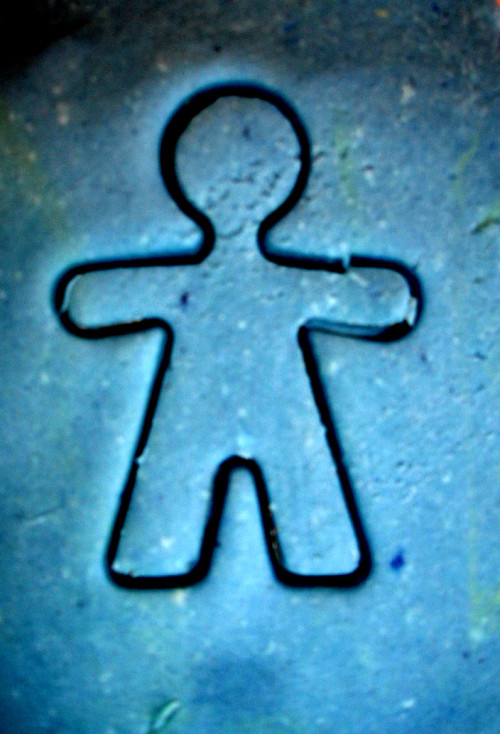By Kayla Matthews
In the modern world, people are very concerned about getting things done. Blame could go toward the state of the economy or the drive for more innovation, but the song remains the same: People want to be more productive to have something to show for their work. However, some are having a hard time doing it.
Bullet journals and other analog organizers are trendy, and there are plenty of productivity tips for professionals that you could follow.
But, truth be told, you don’t need something new to be productive. To-do lists are just about as old as time. Maybe you’ve tried these methods already and are still having trouble keeping up. Perhaps what you need is a 100-year-old technique worth over $400,000.
Who Is Ivy Lee?
Ivy Ledbetter Lee was a publicity expert and the founder of modern public relations in America during the early 1900s. Charles M. Schwab was the president of Bethlehem Steel Corp., the second-largest steel producer and largest shipbuilder in the United States during this era. In 1918, Schwab held a meeting with Lee to heighten productivity in his workplace.
Lee, offering his services for free, asked to meet with Schwab’s executives for 15 minutes each. During these meetings, Lee taught his method to all the executives and sent them back to work. After three months, Schwab asked for a second meeting with Lee, this time writing the other man a check for $25,000. Today, that amount is worth $420,000. That’s the price Schwab thought was appropriate for Lee’s advice to increase productivity.
What Is the Ivy Lee Method?
Lee’s method was actually incredibly simple, and most people easily overlook the basics. The secret is the psychology. The simplicity and ease-of-use in everyday life is just a bonus. Though there are other similar methods out there, this is the only one that goes to the root of the problem and removes distractions.
Here is the process as Lee taught it to Schwab’s executives.
- At the end of the day, write down six important things to do the following day. Never write down more than six. This means you don’t have to think about what to do that day and keeps the list small enough for you to tackle everything.
- Arrange the tasks in order of importance. List the most crucial task first.
- On the next day, start the first task immediately. Don’t go to another item until the first is completed. If an emergency or other things crop up, do them only if they absolutely must be finished before what’s on your list. Never stray from the list if it can be helped.
- Continue the list in the same manner. Any unfinished tasks at the end of the day get moved to the agenda for the next day. You’re not punishing or berating yourself for not getting everything done, which would be extremely unproductive.
- Repeat the process for every workday. At the end of the week, if you find you can’t complete all six tasks, shorten the list to five or four. Use whatever number works best for you.
The strategy sounds too simple to work, but Schwab evidently saw a lot of success and improvement after only a few months. The same could potentially be said for anyone, whether they’re looking to be more productive in running their own business or just a parent trying to be less overwhelmed during the day. Anyone can use the Lee method and see success.
Why the Method Works
There’s psychology at play here. We’ve been led to believe over the years that multitasking is the best way to be productive. In reality, it only leads to stress and distraction.
Focusing on a single task at a time results in more getting done in the long run without tripping over your own feet in a rush. If you’re skeptical, give the Ivy Lee Method a try for a week or two and see for yourself why Schwab thought it was worth so much.
About the Author: Kayla Matthews writes about communication and workplace productivity on her blog, Productivity Theory. Her work has also appeared on Talent Culture, MakeUseOf, The Muse and Fast Company.
Featured Photo by Clark Tibbs on Unsplash



